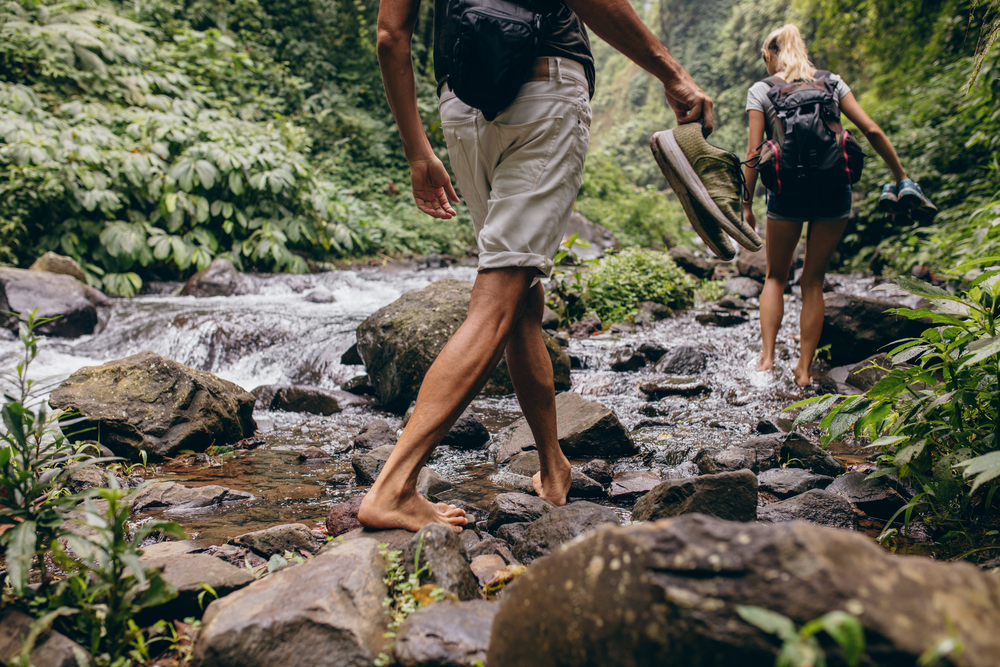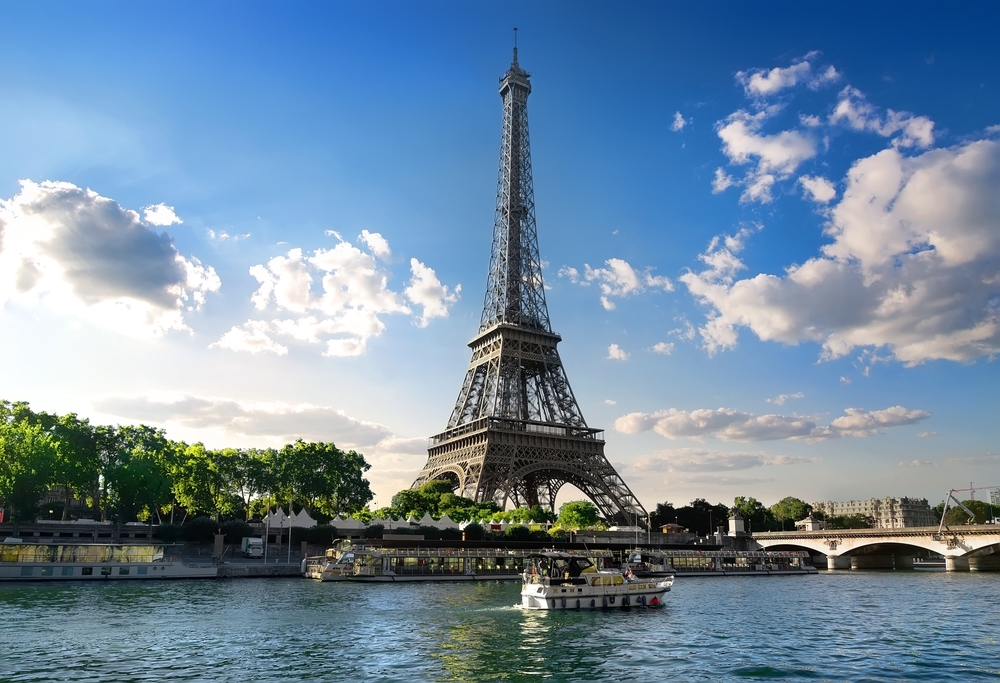With summer vacations in most parts of the country, it’s the holiday season. Also, high temperatures in North India too makes many people plan for a small break in cooler areas. Gone are the days when people lugged big cameras to capture their memories. For most, mobiles do the job now. Also, with smartphone cameras improving by the day, many of them give almost DSLR-level photos. However, how your phone’s photographs come out also depends a lot on how you take them. Here are some simple tips to get the best out of your phone’s camera.
1. Understand your smartphone’s camera
The first step towards capturing good photos using smartphones is to understand the capabilities of your phone’s camera setup. Most modern phones come with multiple lens setup offering users a ultra-wide angle lens, telephoto lens, dedicated portrait lens, macro lens, etc. There are also a host of shooting modes.
2. Clean your lens
Now, this may seem like an obvious thing but, the smartphone’s camera lenses get dirtier than they may appear. Cleaning them thoroughly can help you get better and detailed photos.
3. Get some additional accessories, if possible
Like DSLR cameras, there are additional accessories available for phones too. Now, a tripod, a ring light and an additional lens can come in handy in a wide range of situations. A tripod can be used in low light situations as well as capturing a group photo with you being in the picture.
4. Can go for portable ring lights
Ring light can come in handy while recording videos or taking selfies. There are quite a few portable options available.
5. Focus on framing, experiment with the focal length and angles
Now that all the basic things are in place, framing is the next big thing. Irrespective of the location or type of photo you are trying to capture, if you’ve got the frame right, you’ve covered half the journey towards capturing a good photo. For this, try to eliminate unnecessary objects from the frame, also don’t be shy to experiment with the focal length and angles.
6. Try to keep your subject towards either ends of the frame
This trick is basically known as the rule of thirds. In this all you need to do is keep the subject towards the left or right end of the frame. This gives the photo a clear perspective and results in a pleasing photo. With this, you can also use the extra space to incorporate the surrounding to get a sense of the location.
7. Capture ultra-wide photos for an immersive view
Imagine you are typing to capture a lake or a mountain. Using the ultra-wide angle brings more area into the frame with a slightly distorted look. This adds to the perception and adds a creative angle.
8. Shoot early morning or late evening
Golden hour is the perfect time to capture landscape photos or portrait photos, So capture during early morning or late evening. Basically, you need to capture photos when the sun is rising or setting for better and goldenish-beautiful photos.
9. Beach photography
If you are travelling to a place with sea or lakes, then try capturing candid shots with the sea in the background. Get creative with the angles — low angle works really well around the beach. Also, try using the dedicated modes like slow motion shots for the waves, also use some built-in camera filters for some different styles of photos.
10. Hill station photography
Hill station photography is a lot like beach photography. All you need to keep in mind is that you are at a height and you are trying to capture something that’s far and really big. In this case, try to frame your shot with a part of the mountain and also some of the surroundings like buildings, people, etc. Also, compose the shots using the rule of thirds for better photos. Also, far away subjects tend to get a little hazy. Try to capture photos on a sunny day.
11. Creating timelapse videos of sunset and sunrise
While you can always record some videos, making timelapse videos can make things more interesting. For instance, you mount your phone on a tripod, switch to Timelapse or Hyperlapse mode on your phone and leave it to record the beautiful sunrise or sunset.
12. Use Astro mode for night sky photography
Smartphone brands have started offering dedicated Astro mode in their phones, You can use this mode to capture beautiful stars and star trails images.
13. Shoot Panorama for that wide-angle perspective
Panorama mode on your phone can capture the entire surrounding in one frame. These photos not only turn out to be extremely beautiful, but they can also be used as house decor pieces.
14. Edit your photos
No matter how good your phone’s camera is, making slight adjustments in the photos can make a lot of difference. For instance, you have captured some early morning shots at a hill station. In the edit, you can boost those golden colour to make it more prominent. You can add a little sharpness and also dehaze the photos to add some more details. Just make sure not to go overboard while doing so.
15. Keep a check on battery and storage
Make sure that your phone is fully charged and has enough storage space available. Carry a power bank and an external drive with Type-C OTG cable for just in case situations.



